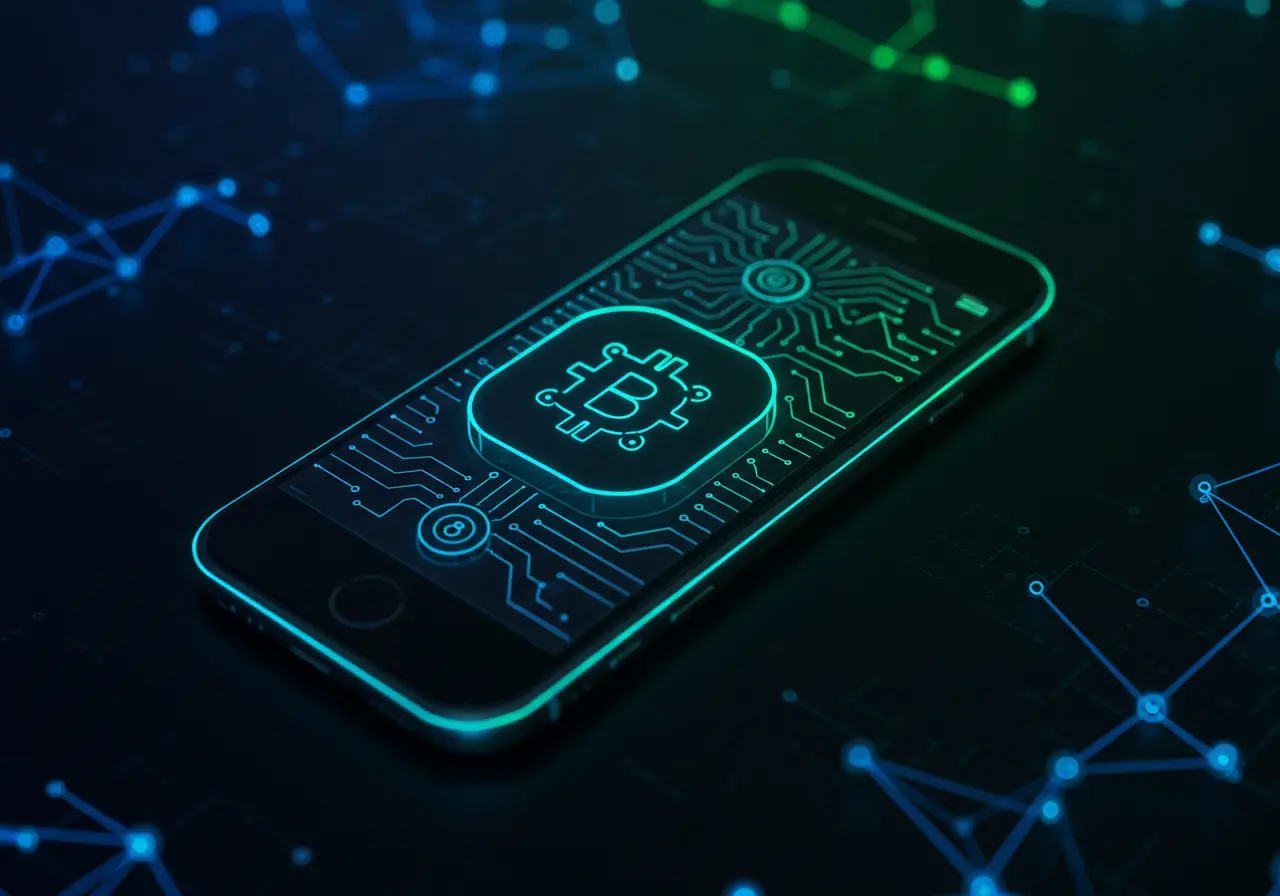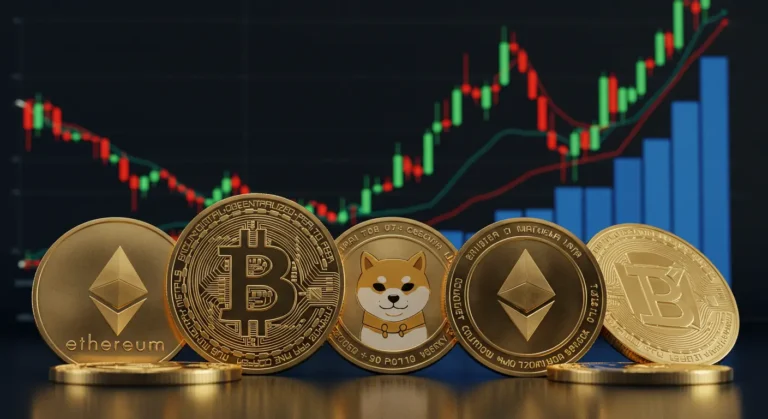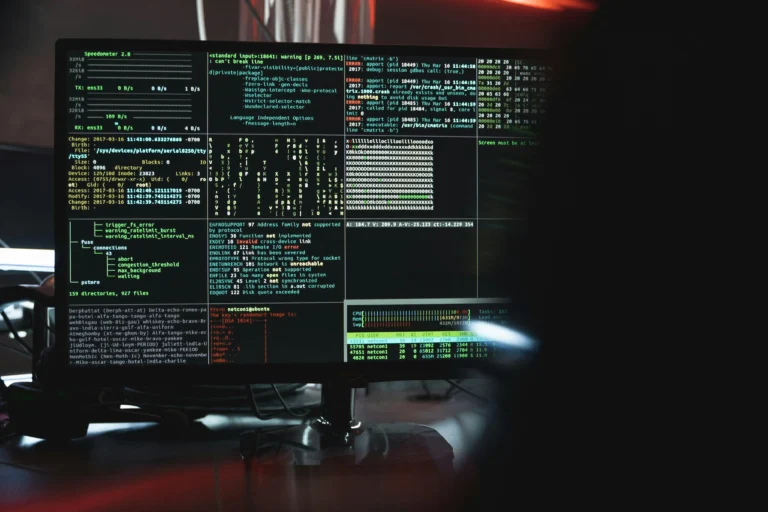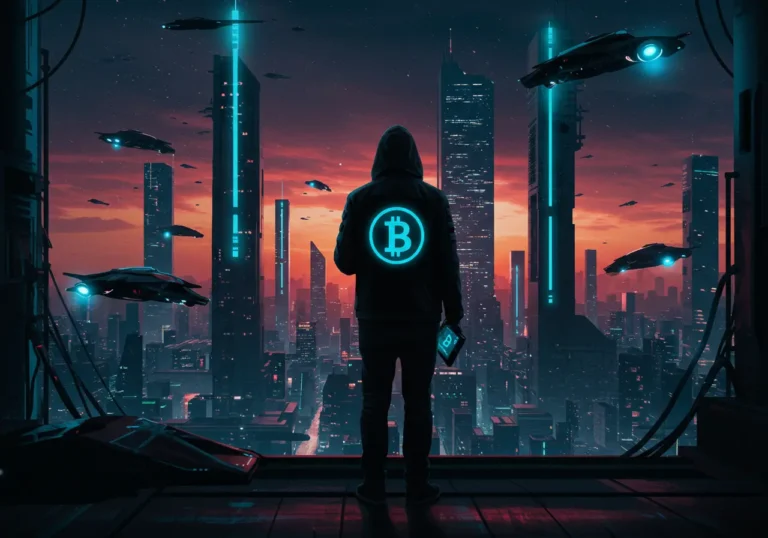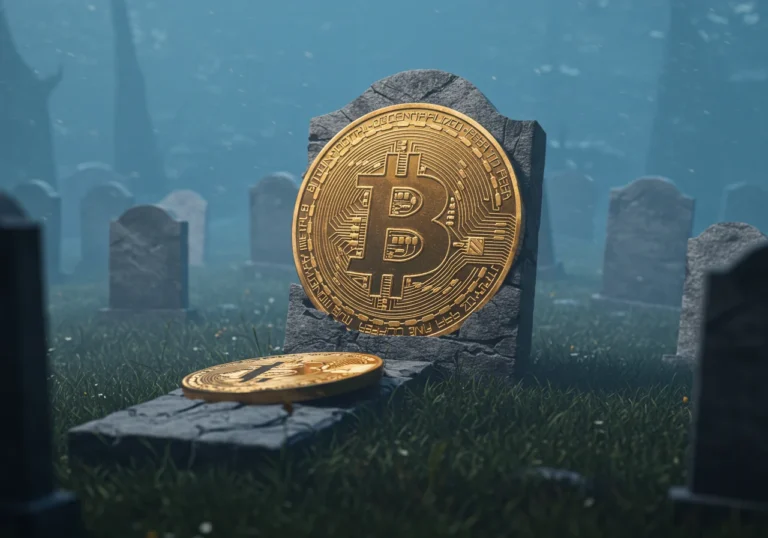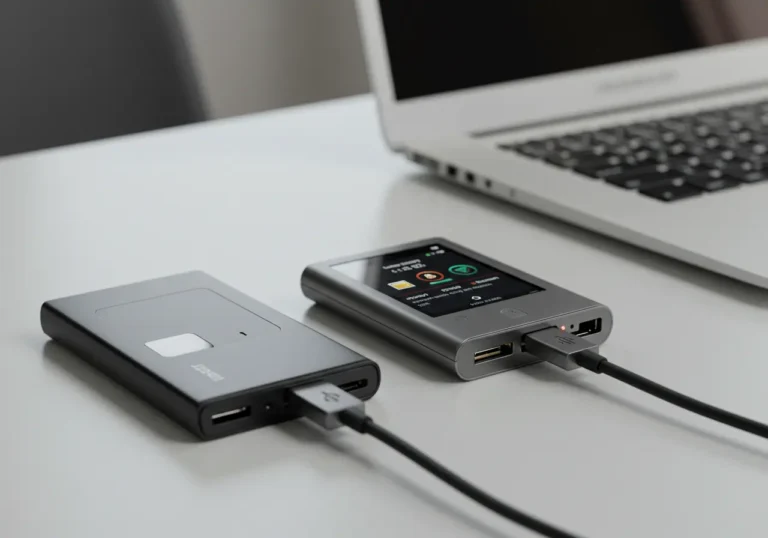How to Use a Blockchain Scanner to Verify a Token Contract
Blockchain Scanner tools let you look under the hood. They show the contract code, recent transactions, token holders, and much more. With a few clicks you can answer basic safety questions about a token. You do not need to be a coder. You only need curiosity and a clear process. Below I explain that process step by step, using simple language and real examples.
Why use a Blockchain Scanner
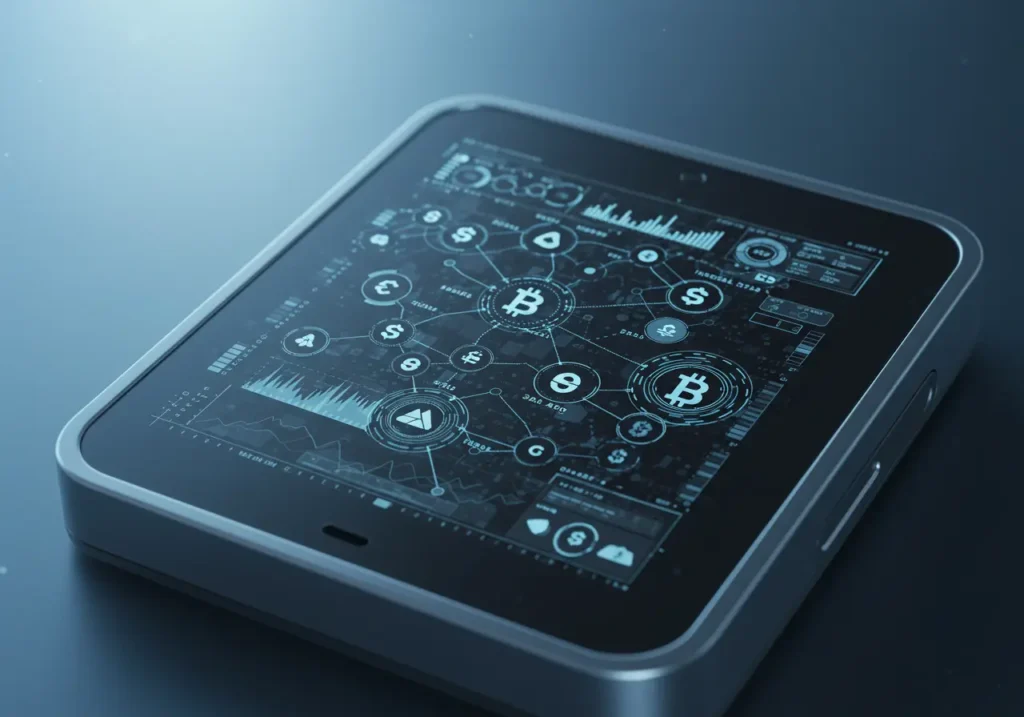
A blockchain scanner helps you answer: Is this token real? Who controls it? Can the team drain liquidity? These are not technical questions only. They are safety questions. The importance of using blockchain scanner tools is that they put clear facts in front of you. They show on-chain evidence. That evidence helps you make calm choices instead of guesses.
Think of a scanner like a magnifying glass. A nice website can hide problems. The scanner shows the raw data. It can reveal fake tokens, risky contracts, or abnormal token supply moves. That matters for anyone who holds or plans to buy tokens.
What a blockchain scanner shows at a glance
Most scanners share similar pages and data. Here are the main items you will see:
- Contract source code and verification status.
- Token total supply and decimals.
- Holder list and top wallets.
- Transfer history and recent large moves.
- Contract creation details and deployer address.
- Verified contract badge (if code is matched to bytecode).
Each item tells part of the story. When you combine them, you form a clearer view of the token’s authenticity and risk.
The token contract verification process — simple steps anyone can follow
Here is a practical token contract verification process you can use with any scanner (for example Etherscan, BscScan, or a similar explorer for other chains). I will keep it simple.
Step 1 — Find the contract address from a reliable source
Get the contract address from the project’s official site, GitHub, or their verified social media. Do not copy addresses from random posts. Scammers often post fake addresses.
Step 2 — Paste the address into the scanner search bar
Open the blockchain scanner and paste the contract address. You will reach the token’s page.
Step 3 — Check if the contract is verified
Look for “Contract Source Code Verified” or a green check. Verified code means developers published the source code and it matches the deployed contract. That alone is not a guarantee of safety, but it is an essential start.
Step 4 — Read the code summary or important functions
You do not need to read every line. Scanners often highlight key functions like mint, burn, transfer, or owner controls. Look for functions that can mint unlimited tokens or move funds without checks.
Step 5 — Inspect token holders and distribution
Open the holders tab. If one wallet owns a huge share of the supply, there is concentration risk. High concentration means a single holder could dump and crash the price.
Step 6 — Watch recent transfers and liquidity events
Look at recent large transfers. Are tokens moving into exchange deposit addresses? Are there frequent tiny transfers that could indicate wash trading or other manipulations?
Step 7 — Look for common red flags
Some clear red flags:
- Unverified contract.
- Functions allowing the owner to change balances or freeze transfers.
- Liquidity locked for a very short time or not locked at all.
- Huge token allocations to team wallets with no visible vesting.
If you see one or more red flags, step back. Do not invest until you understand the risk.
How to verify token authenticity — practical checks
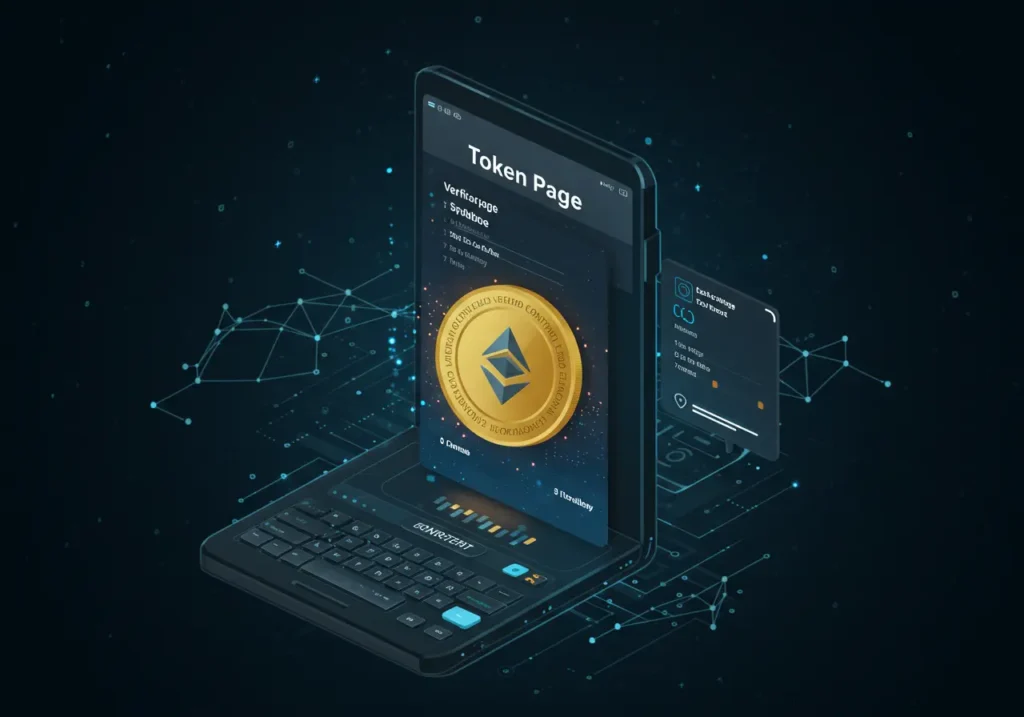
How to verify token authenticity goes beyond code. Do these checks too:
- Cross-check the contract address on multiple official channels.
- Search the contract address on community forums for complaints.
- Check social media for the team’s verified accounts. Scammers copy names; verification helps.
- Use token analytics to see if the token trades on reputable exchanges.
- Check whether the token’s liquidity pool was added and who added it.
Put all these signals together. No single check is perfect. Together they give a strong picture.
Blockchain scanner benefits for everyday users
The blockchain scanner benefits include:
- Transparency: You see real on-chain facts.
- Speed: You can check a token in minutes.
- Evidence: Screenshots and tx IDs are proof if you report a scam.
- Learning: Over time you learn to spot patterns quickly.
These benefits help both new users and experienced traders. Scanners make the market less like a guessing game.
Examples of red flags
Here are real-world red flags, explained simply.
- Owner can mint tokens at will. It means the creator can create new tokens out of thin air. That can dilute value.
- Owner can blacklist wallets. The team could stop you from moving your tokens. That is a serious control risk.
- Huge single-holder wallets. If one wallet owns 60% of supply, a single sell can crash the token.
- Contract not verified. If the code is hidden, you cannot inspect it. That raises a serious trust question.
If you spot these issues, treat the token as high risk. Walk away or dig deeper.
Using scanners for additional checks: approvals and allowances
Scanners also show token approvals. This tells you which contracts or addresses can spend your tokens. People often approve unlimited allowances to trading platforms. That can be risky. Use the scanner to:
- See if you have any active approvals.
- Revoke approvals you no longer trust.
That is a direct action you can take to reduce risk.
Common mistakes people make and how to avoid them
People make simple, repeatable mistakes:
- Rely only on a shiny website. Always verify the contract on the scanner.
- Trust social proof alone. Big follower counts do not equal safety.
- Ignore small differences in contract addresses. A single wrong character can mean a fake token.
- Approve unlimited allowances and forget them. Revoke when not in use.
Avoid these mistakes. A small pause saves big trouble.
When to ask for expert help
If a token matters a lot — for example you plan a big purchase or it will hold long-term value — ask for help. Use community experts, auditors, or developer channels. They can review the code thoroughly and explain complex functions. This is the right step for significant or business investments.
Conclusion — short rules to follow
Using a Blockchain Scanner is a simple habit that improves your safety. The main idea is to check the contract, inspect token holders, and watch recent transfers. Look for verified code and be wary of owner powers. Combine scanner data with community signals. When you do this, you trade with more confidence and fewer surprises.
The tools are there. Use them. A few careful checks before you buy can save time, money, and stress.
Quick takeaways
- A Blockchain Scanner shows contract code, holders, and transfers.
- Follow the token contract verification process: confirm address, check verification, review holders, scan transfers.
- How to verify token authenticity: cross-check official channels, read contract functions, watch liquidity and holder concentration.
- Blockchain scanner benefits: transparency, speed, evidence, and learning.
- Common red flags: unverified code, owner minting power, concentrated holdings, and unlocked liquidity.
- Check token approvals and revoke unneeded allowances to reduce risk.
- For large moves, ask an expert to review the contract.
Frequently Asked Questions
Q: Can a verified contract still be malicious?
A: Yes. Verification means the source matches the deployed code. It does not mean the code is safe. You should still review functions and look for red flags.
Q: What is the easiest red flag to spot?
A: Large token concentration. If a few wallets hold most of the supply, that is a simple and important warning.
Q: Can scanners revoke approvals for me?
A: Scanners show approvals. Some provide links to revoke tools. Always use trusted revocation services and double-check the contract you interact with.
Q: Which scanners should I use?
A: Use reputable, chain-specific scanners like Etherscan (Ethereum) or BscScan (BNB Chain). For other chains, use the official explorer recommended by the project.
Q: Is contract auditing necessary?
A: Audits are valuable, especially for complex projects. They do not guarantee safety, but they reduce risk when done by reputable auditors.

Hello, I’m Edmilson Dias, founder of CoinBringer. I created this platform to guide people through the fast-moving world of cryptocurrency with clarity and safety. With years of research in blockchain and digital security, my goal is to translate complex topics into practical knowledge, offering reliable tutorials, safety insights, and guidance for both newcomers and experienced users.
Discover more from CoinBringer
Subscribe to get the latest posts sent to your email.

